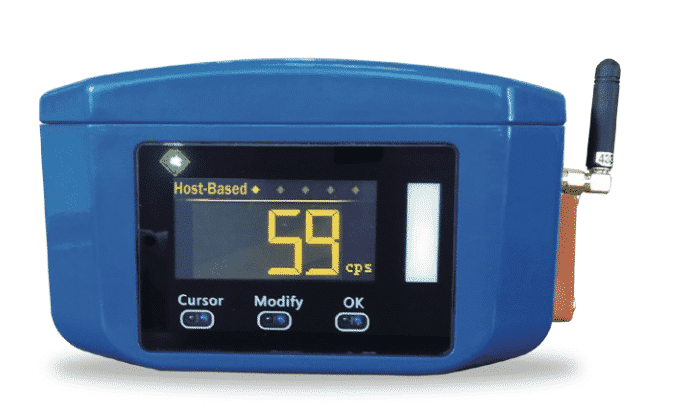Level sensing and its importance
Liquid Level Sensors have been available around in the industry and markets for years, in the fields of food, drink, therapy, household, manufacturing, print and media, automation, and recognizing leaks and level capacities. Some manufacturers may likewise be amazed at both the assortment and insight of level sensors available in the market. Improvements that used to involve costly bits of apparatus can now be achieved utilizing unique, creative and smart advances that can be cost-effective, reliable, solid, exceptionally precise and simple to install. Fluids that have generally been known to be immensely difficult to detect like bubble soap or foam, sticky liquids like glue, and milk are presently conceivable and are simpler to see with the various sorts of level sensors now available. Here, we will explain and discuss the different types of level sensors available in the market today and also their uses in various fields.
Capacitance Level Sensors
Capacitance level sensors work in the manner that liquids have dielectric constants, fundamentally different from air. They measure the adjustment of capacitance between two plates by changes in their levels. Two adaptations are available in the market, one for liquids with high dielectric constants and one with low constants.
Applications-
They are normally utilized in applications like Tank level checking in chemicals, water treatment, food, and battery ventures including high tension and temperature.
Microwave/Radar Sensors
On a fundamental level, radar works in the same way as ultrasonic, however, the pulses travel at the speed of light and hence, the dependability and repeatability can be impacted – but this time by the dielectric consistent of the liquid. However, radar can give extremely exact level data and make up for fixed structures inside the compartment. The disadvantage can be that the initial expense of the sensor is moderately high, but few manufacturers are making this innovation more open to the extensive market. These sensors are among the modest bunch of advances that function admirably in sticky and tacky substances.
Applications-
They are regularly utilized in applications like vaporous, Moist, and dusty conditions. They are additionally utilized in frameworks in which temperatures are varied across scales.
Ultrasonic Level Sensors
Ultrasonic level sensors measure levels by working out the span and strength of high-frequency sound waves that are bounced off of the outer layer of the fluid and back to the sensor – the time taken is relative to the distance between the sensor and the fluid. The time allotment that the sensor takes to respond is impacted by different components in the air over the media, for example, turbulence, froth, temperature and so on. This is why the mounting position is important in these level sensors.
Applications-
The ultrasonic level sensors are utilized to control the fluid level, fine-grained solids inside mining and powders, food and drink businesses and chemical handling.
Optical Level Sensors
There are a variety of specialized terms used to recognise this kind of level detecting innovation. Optical prism, single-point optical, optical level switch… the names go on and on. For this article, we will refer to it as the Optical Level Switch. The switch works very easily. Inside the sensor, lodging is a LED and a phototransistor. At the point when the sensor tip is in the air, the infrared light inside the sensor tip is reflected to the locator. When in fluid, the infrared fluid is refracted out of the sensor tip, resulting in less energy arriving at the locator. Being a solid-state gadget, these minimized switches are great for a tremendous scope of point level detecting applications, particularly when dependability is of utmost importance.
Optical fluid level switches are appropriate for high, low or transitional level identification in essentially any tank, huge or little. They are likewise appropriate for recognizing spills forestalling exorbitant harm. Reflected light, for example, in a little reflected tank, air pockets, milk or covering liquids can frequently cause issues with deferred readings.
Applications-
They are mostly used in industries for leak detection and tank levels and measurements.
Float Switch Level Sensors
Float switches are one of the most financially savvy yet very well demonstrated advancements for water level detecting. A float switch incorporates a magnet inside a float and a reed switch held inside a secure housing. The float moves with the adjustment of fluid and will cause the reed change to either open or close in the event that assuming it’s in air or fluid. Even though straightforward in design, this innovation offers long haul unwavering quality at an appealing cost.
What mounting style the client picks vigorously relies upon the plan and development of the tank or holder the switch will be arranged. Usually, providers will offer a scope of mounting choices, with the most widely recognized being horizontal/side mounting and vertical mounting.
Applications-
Tank level sensing applications where fluids like water, oil or hydraulic fluids and chemicals are being used.
From all the data provided above, we can finally conclude that a variety of level sensing applications can be used in various fields of high-level sensing or even low-level sensing, leak detections, overfills, overflows and also can be used in several industries including marines, chemicals, food, drinks, pharma, fuel management and so on.
EIP provides all facilities from consultation to correct machinery required in your business. Do let us know in the comments or mail us at [email protected]

